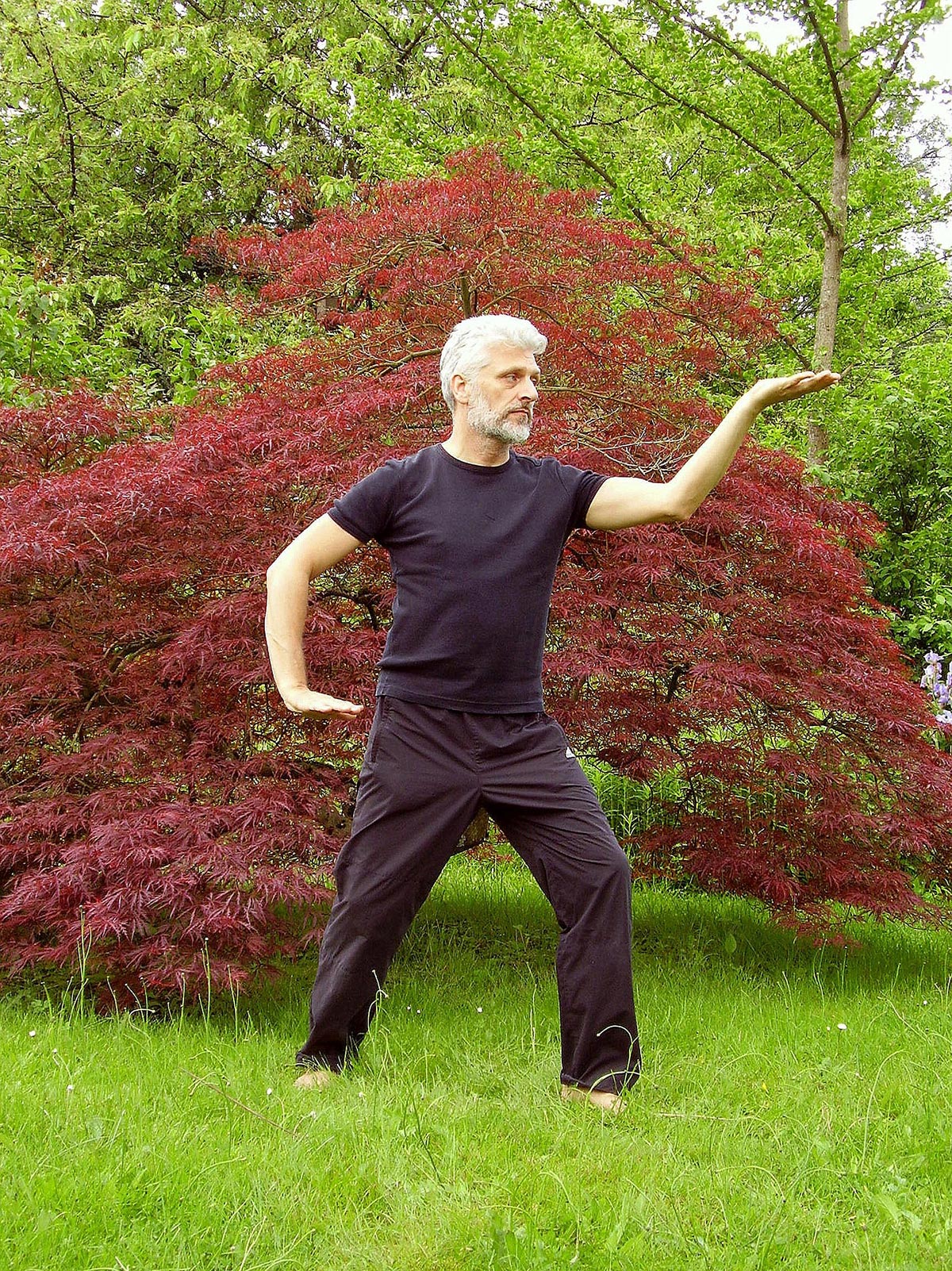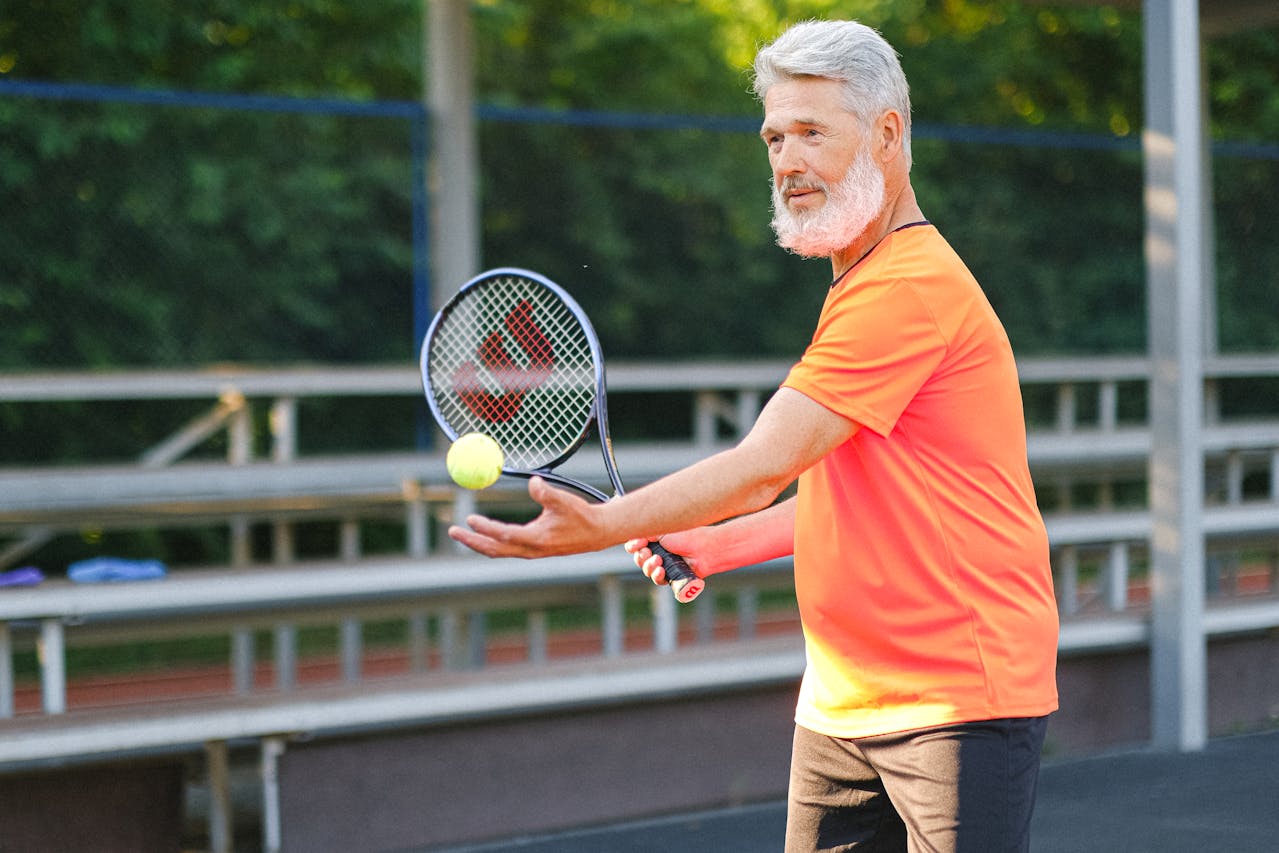In a world where high-intensity workouts and relentless fitness routines dominate, it might seem counterintuitive to embrace an exercise form as slow and deliberate as Tai Chi. Yet, this ancient Chinese practice offers profound health benefits that rival even the most strenuous regimens. Rooted in Taoist philosophy, Tai Chi is more than just a physical activity—it’s a holistic approach to balancing mind, body, and spirit. As modern research unveils its remarkable effects, Tai Chi is gaining recognition as a valuable complement to traditional fitness training.
What Exactly Is Tai Chi?
Pronounced “Tie Chee,” Tai Chi translates to “moving life force” and is a martial art focused on cultivating energy flow through the body. Unlike its combative origins, modern Tai Chi emphasizes health and well-being. Practitioners perform a series of slow, controlled movements called forms, which require concentration, precision, and mindfulness. These movements are designed to channel energy effectively, promoting internal harmony and physical stability. Unlike yoga, or pilates, which often involves stationary poses, Tai Chi is dynamic and fluid, making it accessible to people of all fitness levels.
The Science Behind the Flow
Tai Chi operates on the principle of balance, symbolized by the yin and yang—the complementary forces that create harmony in life. According to Taoist philosophy, health depends on the balance of chi, or life force energy. Imbalances can lead to physical and mental ailments, but Tai Chi helps restore equilibrium through mindful breathing, gentle movement, and active relaxation. Scientifically, Tai Chi is classified as a moderate-intensity exercise with energy expenditure comparable to walking at a brisk pace. Studies reveal its ability to improve cardiovascular health, enhance muscle strength, and increase flexibility. It also significantly reduces stress, lowers blood pressure, and improves balance—particularly crucial for older adults, who face a heightened risk of falls.
Health Benefits Backed by Research
The therapeutic effects of Tai Chi extend across various dimensions of health. Regular practice has been shown to alleviate arthritis symptoms, enhance joint mobility, and reduce chronic pain. Its focus on slow, deliberate movements improves coordination and reflexes, which can be lifesaving for the elderly. A 2022 study published in the *Journal of Aging and Physical Activity* found that Tai Chi participants experienced a 58% reduction in fall risk compared to non-practitioners. Additionally, its meditative aspects promote mental clarity and emotional resilience, offering a natural antidote to the stress and anxiety prevalent in today’s fast-paced world.
Integrating Tai Chi with Traditional Fitness
Tai Chi doesn’t have to replace your current workout routine; instead, it can complement it. A typical Tai Chi session lasts between five minutes and an hour, beginning with meditation to calm the mind and warm-up exercises to prepare the body. The forms involve a mix of weight-bearing stances, slow transitions, and rhythmic breathing. For those seeking a more intense experience, movements can be adapted to include deeper knee bends, larger arm swings, and faster tempos, creating an aerobic element. By alternating Tai Chi with high-intensity workouts, you allow your body to recover while maintaining an active lifestyle. For example, if you engage in strength training on Mondays and Thursdays, you can practice Tai Chi on Tuesdays and Saturdays to promote relaxation and energy restoration.
A Practice for All Ages
One of Tai Chi’s most appealing aspects is its accessibility. It’s suitable for individuals of all ages and fitness levels, from young professionals seeking stress relief to seniors looking to maintain mobility and independence. Its low-impact nature makes it particularly beneficial for those recovering from injuries or managing chronic conditions. Unlike many fitness trends that come and go, Tai Chi has stood the test of time, with a history spanning centuries. Its adaptability ensures that it remains relevant in the modern fitness landscape.
Bringing Ancient Wisdom to Modern Life
While Tai Chi is deeply rooted in tradition, its relevance today is undeniable. In over 25 countries, people gather in parks, studios, and community centers to practice this art form. Beyond its physical benefits, Tai Chi fosters a sense of community and connection, offering a reprieve from the isolation that technology often imposes. The ancient Taoists believed that longevity and vitality were attainable through practices like Tai Chi, and their wisdom continues to resonate. By integrating Tai Chi into your routine, you’re not just exercising; you’re cultivating a balanced, harmonious lifestyle.
Embrace the Flow
Incorporating Tai Chi into your life is more than a fitness choice—it’s a commitment to holistic well-being. Whether you’re seeking stress relief, improved health, or a deeper connection with your body, Tai Chi offers a pathway to achieve your goals. So, take a moment to slow down, breathe deeply, and embrace the gentle rhythm of this ancient practice. Your mind, body, and spirit will thank you.













